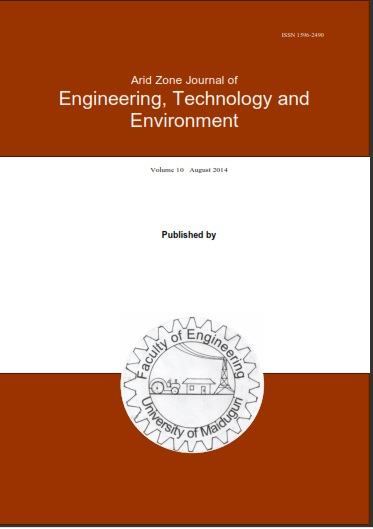Abstract
Glaucoma is an eye illness that began as a result of high intraocular pressure and resulted in total blindness at its advanced stage It is a chronic eye disease caused by the damage of the optic nerve found at the back of the eye and will lead to vision loss. Abnormality in the drainage system of the eye causes fluid buildup that excessively triggers pressure leading to optic nerve damage. The development of Glaucoma detection system using Convolutional neural network (CNN) and Support vector machine (SVM) has been extensively studied in recent years. Many studies have shown that CNNs can accurately detect glaucoma from fundus images, optic nerve head images, and other imaging modalities. To implement CNN and SVM techniques for glaucoma detection, the process typically involves data collection, preprocessing, feature extraction, model training, validation, and testing. MobileNetV2 model and combined SVM-CNN approach was introduced in the research. As The Glaucoma Detection System was constructed using the MobileNetV2 CNN architecture which integrates multiple architectural elements to achieve optimal classification performance. Pre-trained weights were employed from the image data set while transfer Learning with MobileNetV2 approach was applied to empower the model with strong feature extraction capabilities. Global Average Pooling layers were appended to the base architecture, followed by dense layers for classification. These dense layers utilized Rectified Linear Unit (ReLU) activation and Dropout regularization to enhance model generalization. As a result, a metric evaluations for detecting Glaucoma Eye disease using Mobile_NetV2 and SVM offered a mean sum of 75% accuracy, 92% precision, 55% recall, 84% AUC and 34% F1 score. In summary, while SVM excels in precision, MobileNetV2 demonstrates better recall, AUC, and overall balanced performance. The choice of model depends on the specific goals and priorities of the glaucoma detection application, such as whether avoiding false positives (precision) or detecting as many true positives as possible (recall) is more critical.

This work is licensed under a Creative Commons Attribution-NonCommercial-NoDerivatives 4.0 International License.
Copyright (c) 2024 Arid Zone Journal of Engineering, Technology and Environment published by University of Maiduguri, Nigeria

